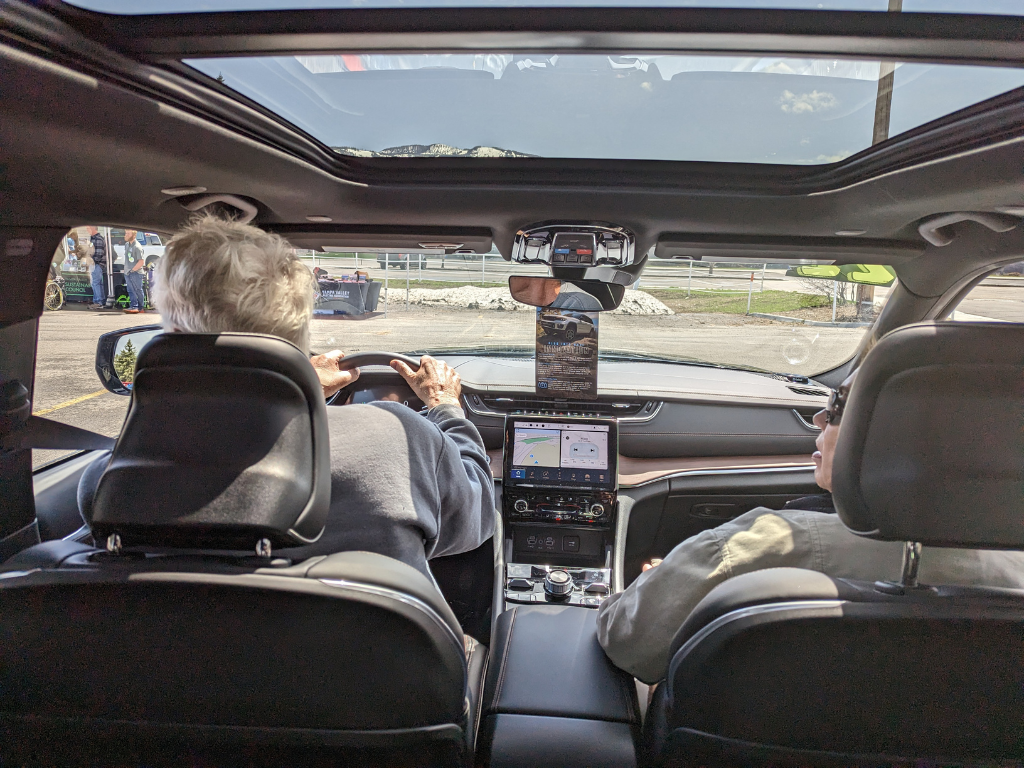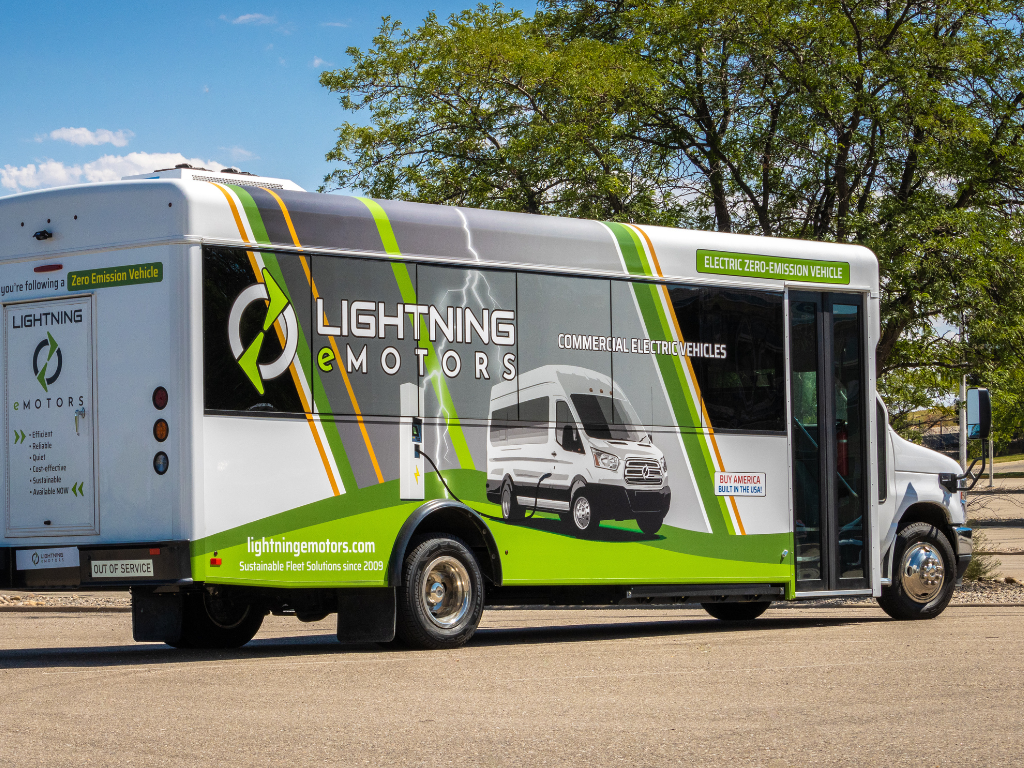This post was originally published on YVSC’s Substack newsletter, Climate Corner. Subscribe here to get future stories like this one sent right to your email inbox. Read Part 1 of the EV Experts series here.

There’s a lot of information (and misinformation) out there on electric vehicles (a.k.a. EVs). You might be wondering, are EVs really better for the environment? Will they hurt the power grid? Read on for answers to these and other frequently asked questions about EVs.
Are electric vehicles as safe to drive as gas vehicles?
Yes. All new vehicle models sold in the United States must meet the Federal Motor Vehicle Safety Standards, whether electric, gasoline, or hybrid. In addition to this long-established process, EV battery packs have their own testing standards.
The Insurance Institute for Highway Safety has established that EVs are actually safer for their occupants than gas cars because they are heavier and have a lower center of gravity. While heavier EVs are better protection for their passengers, in a collision with a lighter vehicle, the lighter car will bear more of the burden. EVs are also riskier to pedestrians because of the additional weight.
To help in preventing accidents, EVs are usually designed with advanced safety and sensing technology, like crash avoidance systems and features that shut down the electrical system when a collision or short circuit is detected.

Do EV batteries catch on fire easily?
No. Electric vehicles don’t catch on fire as often as gasoline or diesel vehicles. The US doesn’t track fires by type of vehicle, but Sweden and Australia have released studies.
The MSB, Sweden’s Authority for Social Protection and Preparedness, has determined that gas and diesel-powered passenger vehicles are 29 times more likely to catch fire than EVs and hybrids.
Australia’s EV FireSafe studied vehicle fires globally from 2010 to 2020, and found a 0.0012% chance of a passenger EV battery catching fire. It’s harder to find information for internal combustion engines, but they found a 0.1% chance of a gas or diesel vehicle catching fire.
EV fires burn differently and are hard to extinguish so they have gotten a lot of media coverage even though they happen rarely. A serious crash may damage the battery pack of an EV. A ruptured lithium-ion battery can start a chemical process called thermal runaway that doesn’t require oxygen to burn, and may reignite later. The battery industry is shifting toward creating nickel and cobalt-free lithium iron phosphate batteries that are less likely to start a thermal runaway. Fire departments are also developing improved techniques specific to handling EV fires.
Check out these sources to learn more about EV fire safety and emergency preparedness:
Are EVs more expensive than gas cars?
On average, electric vehicles do cost more to purchase new or lease than comparable gas vehicles. However, used EV prices are falling and now cost on average about $25,000.
There are federal tax rebates for buying a new or used EV, but also new bills proposed that may eliminate those rebates. There are currently also Colorado State tax credits of up to $3,500 for buying or leasing a new electric or plug-in hybrid vehicle. In Colorado, you may also be eligible for a rebate of up to $6,000 with the Vehicle Exchange Colorado Program if you replace an old or high-emitting vehicle for an EV.
Over time, EVs are less expensive to drive, but the amount depends on the cost of gas or diesel fuel versus the cost of electricity to charge in your area. Generally, maintenance costs for EVs are also lower than other vehicles because they have fewer moving parts and no fluids to change.
If you have a collision, EVs may cost a little more to repair, but this difference is likely only significantly more if an EV battery is damaged and needs to be replaced. However, the cost of EV batteries is falling quickly. Mechanics do need training and proper equipment to work on EVs, so it’s not recommended for untrained technicians.

Are electric vehicles a bad choice for winter driving?
EV batteries are heavy and built into the floor of the car so this adds stability in all driving conditions. With snow tires they handle winter driving on snow better than gas vehicles with their engines up front. Clearance may be low on many EV models, but there are lift kits, adjustable suspensions, and vehicles that come with higher clearance standards. There are EVs to choose from with all wheel drive, front wheel and rear wheel drive, so you can select the best one for our wintery conditions.
EVs do lose range in the cold. When charging at home, you can schedule your departure. This means while still plugged in, the cabin and engine will heat and the car will finish charging right before you are ready to leave. This way, heating the car will not draw down the battery and you will be ready to travel on a full charge.
There are many other tips to get the most from an EV in the cold, but overall, they are a great choice for winter driving.
Speak with an expert
Yampa Valley Sustainability Council has experts on all things EV who would love to talk with you. Email info@yvsc.org to get your questions answered on charger installation, rebates, test drives and more.
Jill Bergman, YVSC Creative Climate Communications Associate | 27 March 2025






